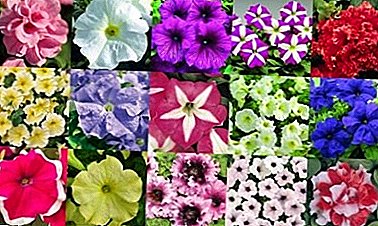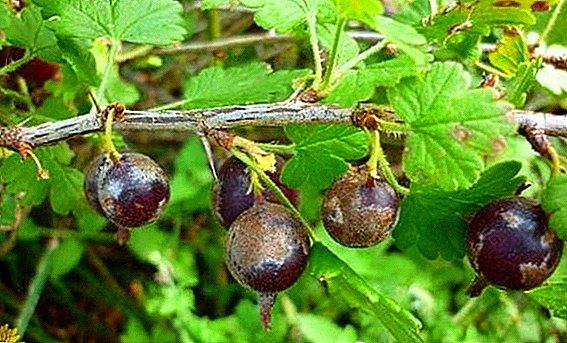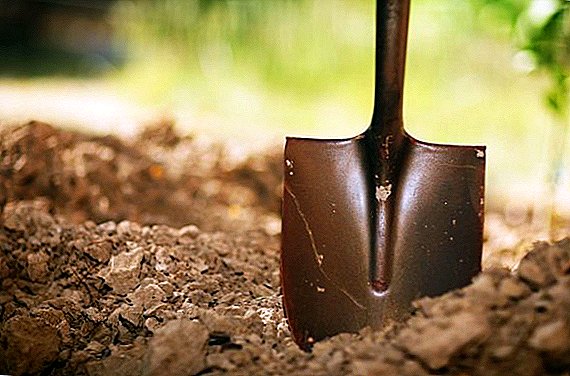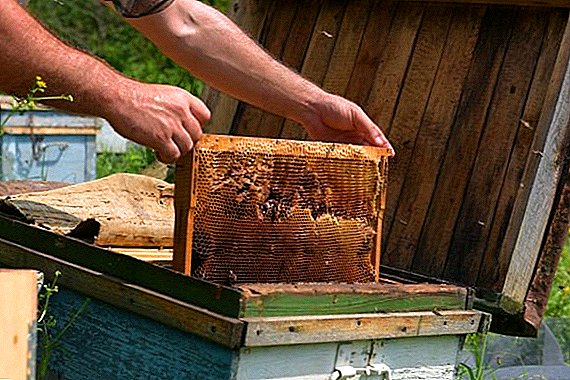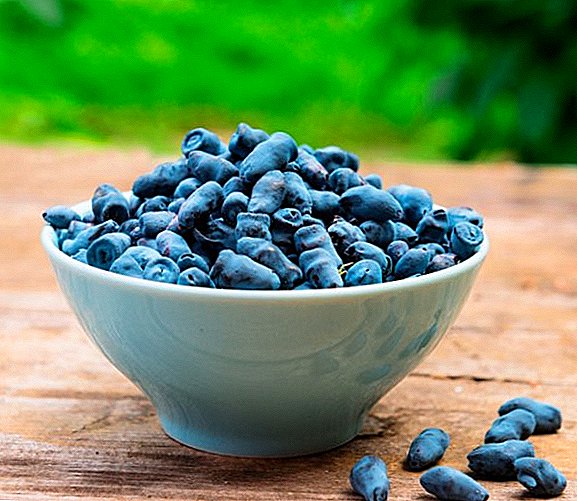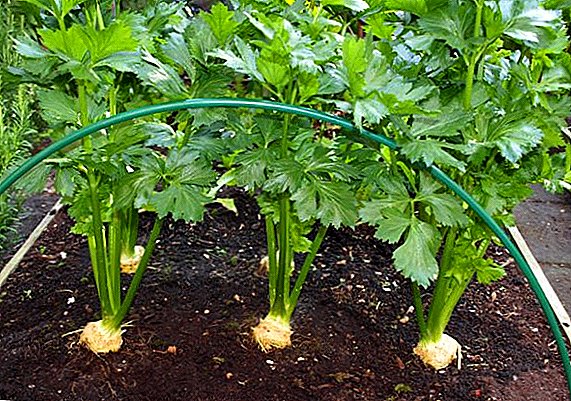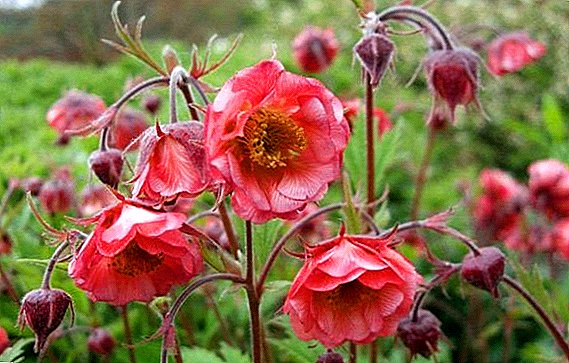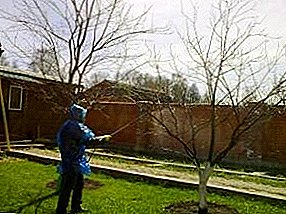
Among the ferns grown at home, the most popular, perhaps, are adiant.
Their openwork and tenderness conquers immediately and forever. Amazing plants create an atmosphere of peace and tranquility in the room.
This is facilitated not only by the natural attractiveness of adiantums, but also their shade tolerance.
Due to the fact that the plants do not need bright light, you can place a pot with this fern not on the windowsill, where there are always a lot of flowers, and usually there is not enough space, especially in winter, but in the back of the room. Thus, it is possible to create a green corner where usually the plants are not placed.
History of origin
Adiantum was known in ancient Greece. Its name is literally translated from Greek as a combination of the prefix-negation and the verb “moisten”. The name of the plant was due to its ability to repel water. Even in the rain it remains dry. At the same time, this plant loves moisture, therefore it grows mainly near rivers, waterfalls and streams, and in rocky or mountainous areas.
Aldiantum actively grows in the Crimea, the Caucasus, America, Asia and Africa. Now, due to its decorative nature, the fern is grown at home and used for landscape design.
Views from the photo
Until recently, there were 2 -3 types of adiantes on sale, the most common being Venerin hair. Now on flower farms they grow and offer many types of ferns, including adiantum. Here are some of them:
Venerin hair
Highly decorative look. Leaves twice pinnate, emerald green, cuttings black. Poorly tolerates dry air, in room conditions a large percentage of leaf dumping.

Stomatoid
Stop-shaped - a plant with flat, fan-shaped leaves. Habitus spherical shape. Shoots bend in videodip. In the south winters in open ground.
Photos of the stop-like subspecies:
Frahrans
Very similar to Venerin hair. Frahrans means fragrant.

Ruddy
Ruddy leaves are three-pinnate, leafy plates dense. Highly decorative look, tolerates home conditions. The least capricious of adiantums.

Small hair
Adiantum Small hair - a common unpretentious appearance with pubescence of leaf blades and cuttings.

Wedge-shaped
Beautiful view with triplicate plumose leaves. Sporangia in the form of a horseshoe on the edge of leaf blades, rough stalk. Suitable for growing in cool rooms.

Beautiful
The leaves are dark green, thrice-four pinnate. Large ornamental shrub. It grows well in cool rooms.

Gentle
Adiantum Fragrans or Gentle - a large decorative look, grows well in rooms.

Transparent
Leaves pinnate and twice pinnate, dull green. Kidney-like sporangia are located at the edges of leaf blades. Used in floristics.

Home care
Adiantum very react painfully to habitat change. Therefore, buying a flower, try to immediately find him a place of permanent residence. And put it exactly there.
If the adiantum is to become part of the collection among other tenebulls, then during the quarantine after purchase it is better to rearrange all the other plants, not a beginner, as is usually done. After 2 weeks, you can return residents to their places.
Lighting and humidity
 Caring for this fern is not as complicated as it is sometimes described.
Caring for this fern is not as complicated as it is sometimes described.
Two main points are well-known and firm: sufficient watering and light shading.
Important don't dry the ground but equally important do not pereuvlazhnit.
It happens that the adiantum dries the leaves; the owner increases the watering to correct the situation. As a result, the plant dies.
This does not happen immediately, but if the soil in the pot has turned into a swamp, then sooner or later it will happen - rotted roots. The soil should be wet, and not all the time wet, this is important.
As for the lighting, categorically it is not necessary to expose the plant under direct sunlight. If you still grow it on the windowsill, then only on the north side.
Very often among the recommendations for the care you can meet the wish to spray it daily. I would like to immediately make a reservation about this: if you have a lot of free time, you can even spray several times a day. It will not harm the plant. But will not bring and advantage.
But since adiants are still do not like dry air, should go the other way. It is necessary to ensure that the air around the plant is constantly humid. To do this, you can place around the pot a few containers with water. Or place the pot on wet clay.
The pot should be with a pallet, the roots through the hole should not come into contact with water - we are interested in moist air, not rotten roots. In these two cases, you need to ensure that there is always water in the tanks.
The best way to preserve the humidity of the air - grouping plants. Place the plant in a floral arrangement of various ornamental leaf plants that have similar requirements for keeping conditions (temperature and light). Most of them need spraying.
Here it will be very out of place, unlike spraying a stand-alone adiant. Water droplets, evaporating from the leaves of the surrounding plants, will create a moisturizing air.
Watering and feeding
In summer, watering should be regular. In the summer they are recommended to be completely immersed in water (in a pot). The earth should be well saturated with water and glisten. After the procedure, you must give extra moisture to leave. The main thing - do not overdo it. Only when all excess water is drained can the adiantum be put in place.
In winter, the adiantum is watered depending on the temperature in the room and the humidity of the air. If the ground is clearly too dry and requires watering, you need to water the fern with not too much warm (but not hot!) Water.
In the summer months, adiantum should be fed with special liquid mixtures for indoor plants, which can be found in any gardening shop like OBI. In the winter you should not carry out top dressing.
Temperature
 The temperature of adiantium content is the same as for most ferns. moderate.
The temperature of adiantium content is the same as for most ferns. moderate.
Here the rule works well: the higher the temperature in the room, the more wet the conditions should be.
That is why in homes where central heating "rages" in the winter, you need to take special care of this.
Most of them are killed after the start of the heating season.
Some species are able to withstand low temperatures up to minus 25 degrees and are able to winter outside, even without shelter.
Orlyak, Polniyornik, Thymus
Pruning
Dried parts of the plant should be regularly cut above the substrate. Ferns do not need special crown-forming pruning.
Transfer
As with many other plants, the most favorable period for adiantum is spring. It is in the spring and should carry out transplanting fern. Take a big wide pot so that the adiant has space. Rotten spoiled roots should be cut off, and good ones should be left. When planting an adiantum in the ground, do not crush it! The roots of this plant love loose soil. After transplanting need to spray and water fern.
Breeding
Dividing bush
Adianta are propagated most often by dividing the bush during transplantation, usually in spring. The soil should be light, slightly acidic, preferably with the inclusion of bark. With such a composition, the roots do not intertwine, the plant is less injured when dividing. In any case, a good idea to sprinkle the damaged areas with coal or ground cinnamon.
Delenki should be immediately placed in the soil - do not overdry on air. Do not bury, plant at the same depth as before.
Not bad after planting, cover with a transparent or translucent cap, for example, a plastic bag, at least for a week. At that time especially closely monitor the temperature environment: both overcooling and overheating are dangerous.
On how to properly transplant, see the video:
Disputes
Experimenters can try to propagate a plant with spores. You can put a piece of a leaf with sporangia, or simply dispute it in a container with wet earth, cover it with dark material and put it in a warm, but not hot place. There is evidence that in such conditions germination occurs within 4 to 12 weeks.
Diseases and pests
With proper care and appropriate adiant conditions rarely get sick. Constant air humidity - prevention of spider mites. A mealybug and a scale in the presence of neighboring plants can also strike adiantum. When overmoistening the soil can develop rot.
Useful properties and chemical composition
In the fern there are carbohydrates and related compounds, organic acids, triterpenoids, phenol carbonic acids (and their derivatives), flavonoids (the largest class of plant polyphenols), and lipids. Adiantum leaves themselves contain steroids and lipids.
Attention: The information below is a survey of traditional medicine. For serious questions, it is better to consult a doctor. Consider personal intolerance.

Adiantum has healing properties and is actively used in traditional medicine in Western Europe. Aqueous extracts of this plant kill bacteria well, extracts and syrups are used as an expectorant for problems with the respiratory tract, and have a softening effect.
Adiantum can be used to bring down the temperature. Herbs are used in folk medicine to treat infections of the respiratory tract, and the plant facilitates the course of liver, bladder, and spleen diseases. In India, a paste made from ground leaves is used to heal wounds and abrasions. A mixture of juice with honey well helps with gastralgia.
The main use of adiantum - help in disaccustoming from smoking, strong coffee and the use of alcoholic beverages.
Also fern is used in pharmacology to improve the taste of syrups.
Conclusion
Adiantum - aliens from the prehistoric period of the Earth. These are living relics, preserved on the planet for many millions of years. Let them like you in the house!
Other indoor ferns include: Pelleya, Pteris, Cirtriumium, Asplenium, Nephrolepis, Davallia, Blehnum, Salvinia, Polypodium, Platicerium, Uzzhnik and Grozdnik.


